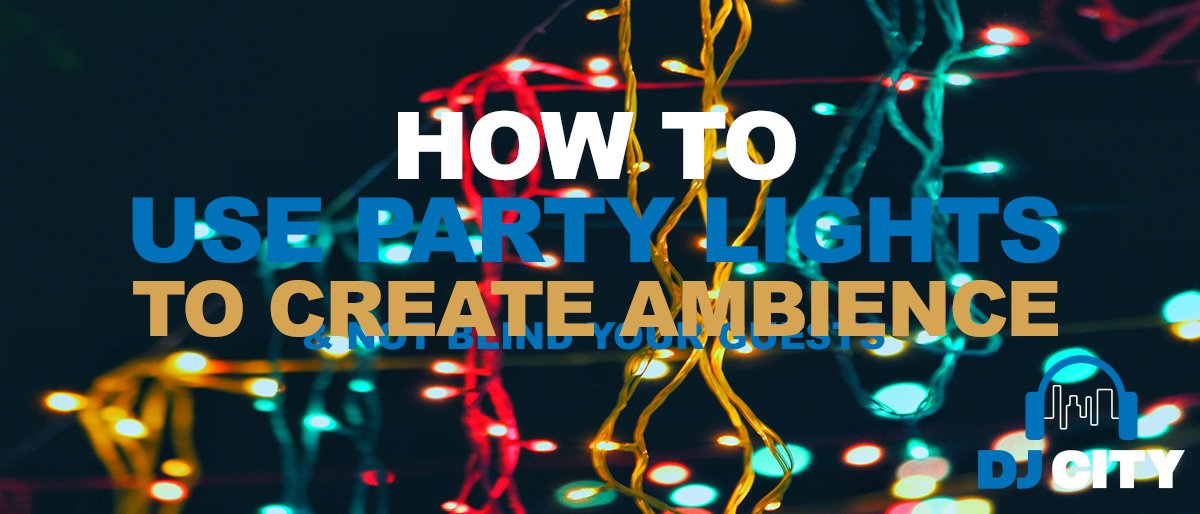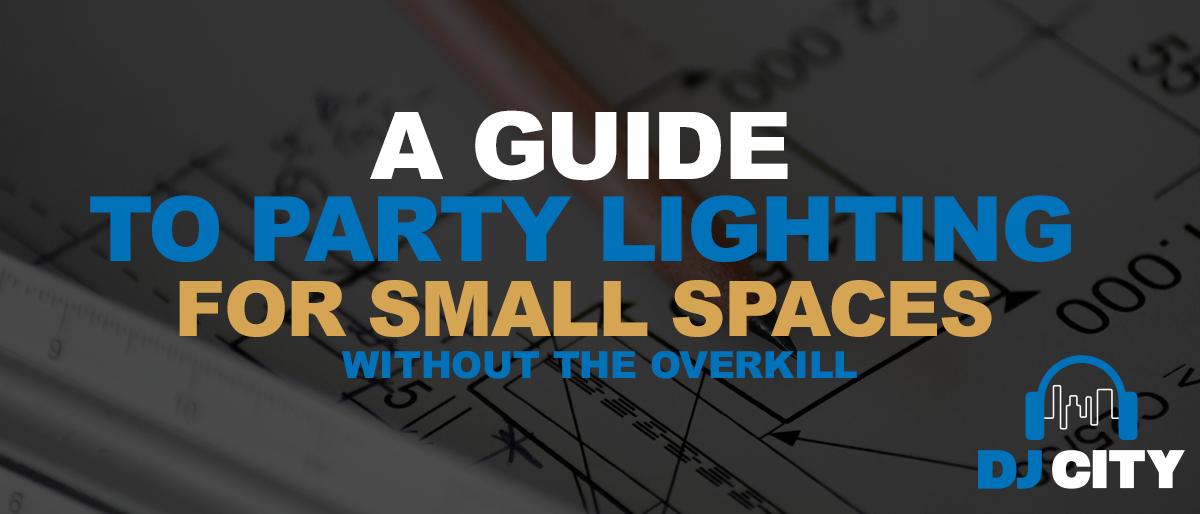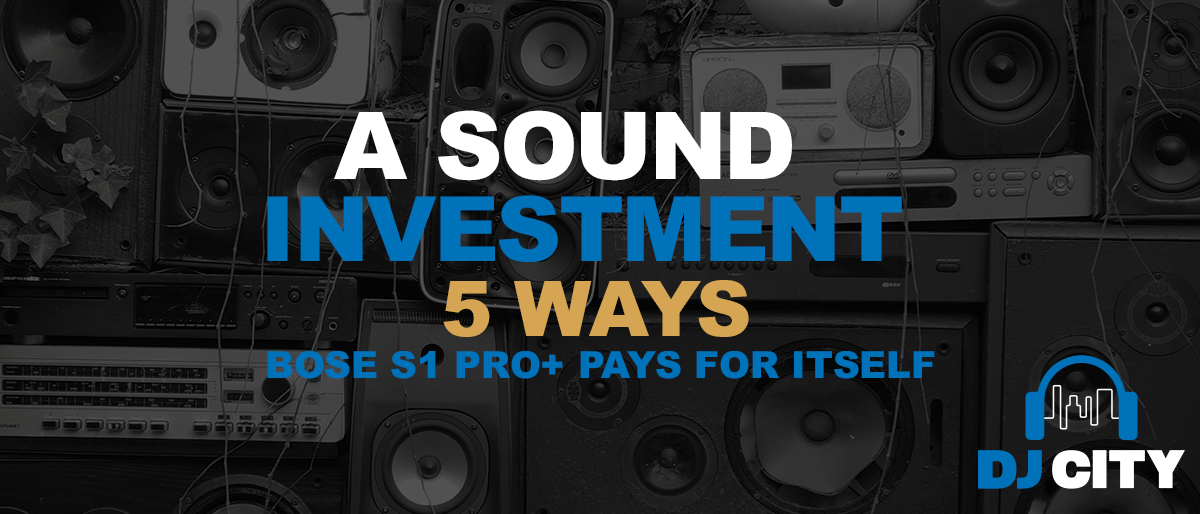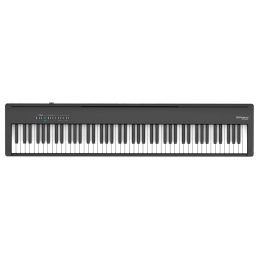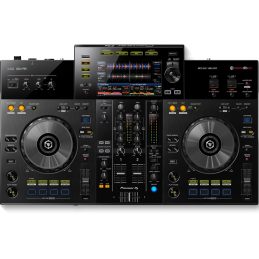
How to Build a Song in Your DAW with Multitrack Recording
One of the many important skills that a budding DJ should build up is knowing how to put together a song in your Digital Audio Workstation (DAW) using multitrack recording.
- What is a multitrack recorder?
- How can you use multitrack recording to take your next musical creation to the next level?
- When was multitrack recording invented?
In this guide, we’ll go through everything you need to know to get started with all things multitrack!
Multitrack Recording: The Basics
The term ‘multitrack recording’ refers to the practice of putting together a piece of music by layering one individual element at a time. This “builds up” the song or composition using multiple different tracks.
For example: One of the more commonly used ways to employ multitrack recording is to start with the drums element or even a percussion instrument. From there, you set the tempo and begin to add additional instruments or musical layers on top.
Artists and DJs can play around with the number of tracks being layered on top of each other in order to vary the ‘thickness’ or ‘thinness’ of the sound at different points of the arrangement.
The History of Multitrack Recording
During the late 1940s, the rise of magnetic recording tapes allowed artists to take advantage of the different parts of the surface of the tape.
This gave birth to the methodology of multitrack recording, though mostly limited to two or three tracks at the time. One of the purported first multitrack recordings was done commercially in 1957 and by none other than Elvis Presley himself.
The Role of the Metronome
A metronome–a device used to mark time at a preselected rate with regular ticking sounds–is employed to keep track of the tempo and ensure every track in the multitrack recorder is consistent.
Multitrack Recording vs Live Recording
Whether or not you should engage in multitrack or live recording is really up to you, your preference and your needs. While capturing your music live may seem like the simplest way there are a few considerations to take into account.
- Are you okay with knowing that you and/or your band are required to give a mistake-free performance throughout the entirety of the track or song?
- Do you intend to improvise or spontaneously jamming at all during the track?
- Do you have sufficient inputs in your DAW so that you can adequately capture the entirety of your recording?
- Do you/your band have the time and stamina to re-record should a mistake be made?
When you use a multitrack recorder, you can ensure that every layer of the track is perfect and be more in control of the overall sound. That’s why many musicians and DJs prefer it to live recording.
How to Use Multitrack Recorders
To help you hone your own recording and music creation skills, here’s a brief outline of how to approach using a multitrack recorder.
-
 Free ShippingOriginal price was: $974.$909Current price is: $909.
Free ShippingOriginal price was: $974.$909Current price is: $909.RODE RodeCaster Pro II Integrated Audio Production Studio
-
 Free Shipping$1229
Free Shipping$1229Tascam 32-Track Portable Multitrack Recording Station
-
 Free ShippingOriginal price was: $1899.$1599Current price is: $1599.
Free ShippingOriginal price was: $1899.$1599Current price is: $1599.Zoom F8N Pro – Flagship Multi Track Field Recorder
1.Tempo
The first decision you will need to make is to choose the tempo you want for your musical track. As you’ll know, changing the tempo once you’ve started layering tracks is not really an option.
If you allow yourself time and space to experiment with different beats per minute at the beginning, you can best determine the right tempo for you.
Digital audio workstations–or DAWs–all have in-built metronomes that can be turned on and provide a handy reference for keeping track of your chosen tempo.
2.Scratch Track
Have you heard of a scratch track? This handy method can be used in conjunction with the tempo to provide a comprehensive guide while using a multitrack recorder.
Basically, it’s a separate audio recording that outlines the timing and content you’re after. Scratch tracks are used as a reference when building your multitrack so that you can ensure the overall structure and sound is spot on throughout the process.
While it doesn’t have to be, scratch tracks usually employ harmonic instruments, but vocal scratch tracks are also fairly common.
Don’t spend too long putting together a scratch track. You’re probably going to replace it with a re-recorded version later that’s of a better quality anyway. Remember it’s just a guide to help you during the multitrack recording process.
3.Bed tracks
Next comes the bed tracks. This foundational element to any musical track provides the harmonic and rhythmic structure, often in the form of a percussive or brass instrument beats and loops.
Unlike the scratch track, the bed track forms the underlying element of your song which makes it very important to get right before moving on and building up the additional layers of music. Once you are happy with your bed track, you’ll be able to move on to the meat and potatoes of multitrack recording.
4.Add Layers
Now’s the time to really get stuck into your recording. With the bed track down, you can start to add your different core musical elements and tracks. From guitar to vocals, start arranging and layering your music to create the sound you’re after.
You might hear the term “overdubbing” in connection with this part of the multitrack recording process. Overdubbing is one of the main benefits from using a multitrack recorder as it allows you to add additional recorded music or vocals over your existing track. Hence, the layering of multiple tracks.
PRO TIP: Focus on one individual element, track or part at a time. Whether this means one instrument or just one section is up to you. Avoid the temptation to split your focus and jump around or you’ll find it harder to get traction and consistency, which will degrade the quality of your track.
Once your main elements are in place, you can always go back and add additional overdubs, like a harmony or solo, into the track. The key here is to experiment and play around until you find what works best.
5.Edit
You’re nearly finished! But editing, as in all creative endeavors, is an essential step you shouldn’t skip.
With all your elements and tracks in place, you’ll need to edit the material to ensure the best sound possible. Editing can entail just small adjustments to the different layers or performances, or the complete deletion of extra parts that were the result of experimentation.
While it can be painful to “kill your darlings” (a literary saying that means take out what’s necessary as painful as it may be), if you want your multitrack to sound as amazing as possible, it is essential.
The Beauty of Multitrack Recording
Using multitrack recorders is an excellent way to perfect the balance between high quality music and experimental original recordings. This unique approach to making music allows for you to play, learn and create in a way that’s artistically-friendly and yet highly practical and advantageous.
So, whether you need a bit of additional guidance on your next multitrack recording or are looking for the right DAW/DJ software, make sure to reach out to the team here at DJ City today.

